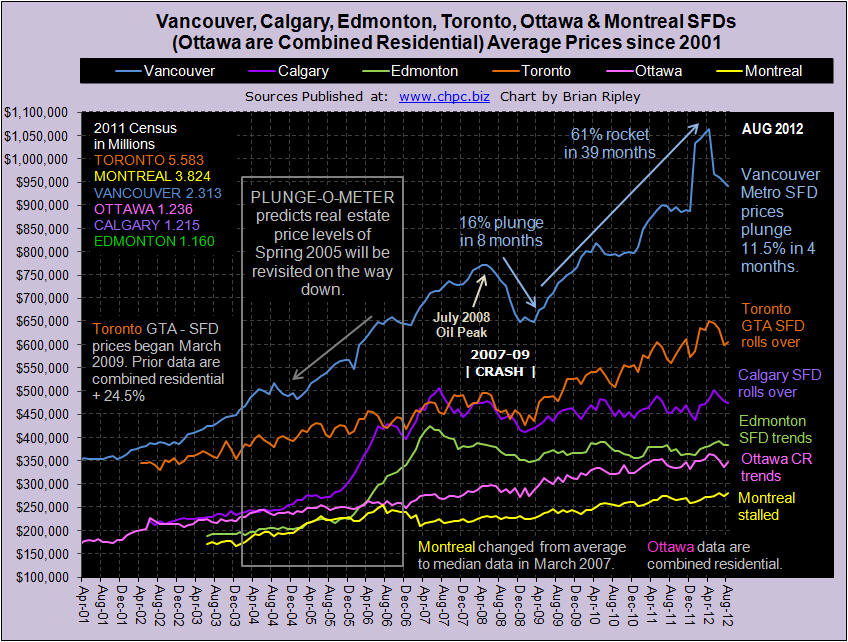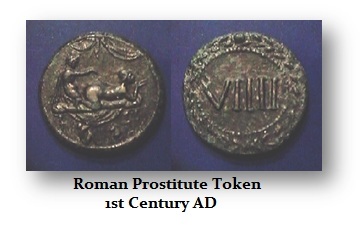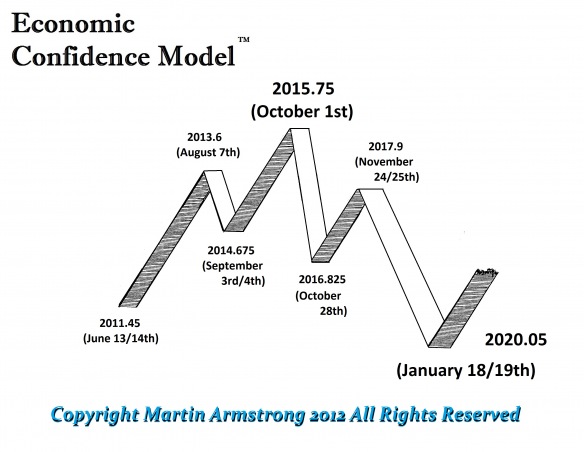Dividend investing is a long term process. Investors should buy stocks with the intention of holding them forever, as long as the business fundamentals are still intact. The companies that are best suited for long term buy and hold investors have strong brands, strong competitive advantages, rising earnings and pay their shareholders to hold them. These stocks pay shareholders by sharing a portion of their earnings every year in the form of dividend, which is increased every year. Stocks that regularly raise dividends produce an income stream which keeps up with inflation, and could easily be spent, without having to dip into principal or reinvest a portion of it back in order to maintain purchasing power of income. Investors in fixed income on the other hand have to reinvest a portion of their interest income every year, in order to maintain the purchasing power of their income, unless they want to dip into principal.
Once investors have set their sights on dividend stocks, they should patiently accumulate positions in their best ideas. A company that pays 2%-3% today is generally ignored by most dividend investors. However, if this stock manages to double distributions at least every decade, they would generate a very respectable income stream when their investor decides to retire. The truth is that these yield-chasing dividend investors “need” a stock yielding 6%-8% only because they have not saved enough money for retirement. Most often these investors buy securities without analyzing whether the dividend is secure. Not all high yielding stocks are bad of course. Buying a stock just because it has a high current yield however, without analyzing it in detail, is a sure recipe for disaster.
We have all heard about the power of compounding. A $1000 investment, which generates 12% in annual total returns, will be worth $16,000 in 24 years. An investor who buys dividend stocks and reinvests distributions for decades, will be able to accumulate a sizeable portfolio by the time they are ready to retire. However, if those dividend stocks also regularly increased these distributions, the investor would enjoy a turbocharged power of compounding in their wealth.
The process of dividend investing will not get you rich quick overnight. However, the slow and steady approach provides attractive long term returns on capital, while minimizing the frequency of mistakes that more active traders make. Investing $1000/month in a portfolio of dividend stocks yielding 3% today, which has a dividend growth of 12% per year, would generate over $26,300 in annual dividend income in 24 years. If dividends are reinvested, chances are that this investment would generate much more than $39,600 per year in 24 years. As a result, for every dollar that you save in your 20s and put in dividend stocks, you would generate one dollar in dividend income in your 50s or 60s.
Market downturns are particularly helpful to investors who plan on living off dividends in retirement, because they provide an ideal opportunity to purchase world class dividend stocks at a discount.
Chevron Corporation (CVX), engages in petroleum, chemicals, mining, power generation, and energy operations worldwide. It operates in two segments, Upstream and Downstream. This dividend champion has raised distributions for 25 years in a row. The company has also managed to boost distributions by 8.80% per year over the past decade. Yield: 3.20% (analysis)
Kimberly-Clark Corporation (KMB), engages in the manufacture and marketing of health care products worldwide. The company operates in four segments: Personal Care, Consumer Tissue, K-C Professional & Other, and Health Care. This dividend champion has raised distributions for 40 years in a row. The company has also managed to boost distributions by 9.70% per year over the past decade. Yield: 3.50% (analysis)
United Technologies Corporation (UTX) provides technology products and services to the building systems and aerospace industries worldwide. This dividend achiever has raised distributions for 19 years in a row. The company has also managed to boost distributions by 15.30% per year over the past decade. Yield: 2.70% (analysis)
PepsiCo, Inc. (PEP) engages in the manufacture, marketing, and sale of foods, snacks, and carbonated and non-carbonated beverages worldwide. This dividend aristocrat has raised distributions for 40 years in a row. The company has also managed to boost distributions by 13.30% per year over the past decade. Yield: 2.90% (analysis)
The Clorox Company (CLX) manufactures and markets consumer and institutional products worldwide. The company operates in four segments: Cleaning, Lifestyle, Household, and International. This dividend aristocrat has raised distributions for years in a row. The company has also managed to boost distributions by % per year over the past decade. Yield: 3.50% (analysis)
Air Products and Chemicals, Inc. (APD) provides atmospheric gases, process and specialty gases, performance materials, equipment, and services worldwide. This dividend aristocrat has raised distributions for 30 years in a row. The company has also managed to boost distributions by 11.10% per year over the past decade. Yield: 3.10% (analysis)
Walgreen Co. (WAG), together with its subsidiaries, operates a chain of drugstores in the United States. This dividend aristocrat has raised distributions for 37 years in a row. The company has also managed to boost distributions by 18.90% per year over the past decade. Yield: 3.10% (analysis)
Full Disclosure: Long All Stocks listed above


















